
.png)
07-11-23
Payroll processing is a crucial aspect of any business, big or small. It ensures that employees are compensated accurately and on time, and it plays a significant role in compliance with tax laws and regulations. However, payroll can be a complex and time-consuming task, especially if you're not well-versed in the process. In this ultimate guide, we'll explore the tips and tricks to streamline your payroll processing and ensure smooth operations.
1. Understanding Payroll Processing
Before delving into the tips and tricks, it's essential to grasp the basics of payroll processingThis process should also account for any overtime, bonuses, or other variable compensation.
2. Organizing Payroll Data
The first step in effective payroll processing is having organized and up-to-date employee data. To ensure this, create a secure and organized employee database. Keep track of employee details, such as personal information, tax forms, and pay rates. Having a well-maintained database reduces errors and simplifies the payroll process.
3. Payroll Software
Investing in a reliable payroll software solution is one of the most significant steps you can take to streamline your payroll process. Payroll software automates many aspects of payroll processing, reducing the chance of human error and saving time. Look for software that integrates with your accounting and HR systems for a seamless workflow.
4. Compliance with Tax Laws
Compliance with tax laws is non-negotiable in payroll service processing. Keep yourself updated on federal, state, and local tax regulations. This will help you avoid costly penalties and audits. Consider consulting a tax professional or using tax compliance software to ensure you're in line with the latest regulations.
5.Timely Processing
Timeliness is crucial in payroll processing. Ensure that you have a clear schedule for processing payroll, and communicate this schedule to your employees. Consistency in payment dates builds trust and reliability within your organization.
6.Record-Keeping
Maintaining detailed records is essential for auditing and compliance purposes. Keep records of each payroll run, including pay stubs, tax forms, and any other relevant documents. Storing these records electronically can save space and make retrieval easier.
7. Handling Deductions and Benefits
Deductions and benefits are significant aspects of payroll processing. Automate the deduction process to ensure accuracy. Common deductions include taxes, retirement contributions, and health insurance premiums. Stay on top of changes in employee benefits, and make sure your software can handle these adjustments.
8. Handling Overtime and Bonuses
Calculating overtime and bonuses can be a tricky aspect of payroll. Ensure your software can handle these calculations automatically. Communicate your company's policies clearly to employees to prevent misunderstandings.
9. Direct Deposit and Payroll Cards
Offering direct deposit or payroll cards as payment options can streamline the payment process for both you and your employees. It eliminates the need for paper checks and simplifies record-keeping.
10. Cross-Check and Review
Before finalizing each payroll run, double-check the calculations and data. Verify that all deductions, taxes, and bonuses are accurate. Review the payroll reports to spot any anomalies or discrepancies.
11. Employee Self-Service
Consider implementing an employee self-service portal where employees can access their payroll information, including pay stubs and tax forms. This reduces the administrative burden on your HR department and empowers employees to manage their financial information.
12. Outsourcing Payroll Processing
If payroll processing proves too complex or time-consuming for your organization, consider outsourcing this task to a reputable payroll service provider. They have the expertise and resources to handle all aspects of payroll processing while ensuring compliance with tax laws.
13. Payroll Reporting and Analytics
Utilize payroll reporting and analytics to gain insights into your organization's payroll trends. This data can help you make informed decisions about compensation, benefits, and workforce management.
14. Training and Continuous Education
Invest in training for your payroll staff. Stay up-to-date with the latest payroll trends and technologies by attending workshops and webinars. Continuous education ensures that your payroll team remains efficient and compliant.
15. Disaster Recovery and Data Security
Protecting your payroll data is crucial. Develop a disaster recovery plan to ensure that payroll processing can continue in case of unforeseen events, such as natural disasters or cyberattacks.
16.Communication
Open and clear communication with employees is essential. Notify employees of any changes in the payroll process, deadlines, or policies. This minimizes confusion and fosters trust.
17. Tax Reporting
Filing accurate tax reports and returns is a critical part of payroll processing. Ensure that you file all required forms and report accurately and on time. Late or inaccurate filings can lead to fines and penalties.
18. Handling Employee Departures
When an employee leaves your organization, ensure that you follow the proper payroll procedures. This includes processing their final paycheck, any accrued paid time off, and providing necessary tax forms.
19. Documentation and Audit Readiness
Maintain a well-organized and easily accessible record of all payroll-related documentation. Being audit-ready ensures that you can respond promptly to any inquiries from tax authorities.
20. Seek professional advice.
If you encounter complex payroll issues, don't hesitate to seek professional advice. Consult with a certified payroll professional or a tax expert who can provide guidance on intricate payroll matters.
Conclusion
Payroll service processing can be a challenging task, but with the right strategies and tools, you can streamline the process and minimize errors. This ultimate guide has covered essential tips and tricks to help you manage payroll efficiently and stay compliant with tax laws. By investing in the right payroll software, staying informed about tax regulations, and maintaining open communication with employees, you can ensure a smooth and error-free payroll process. Remember, payroll processing is not just about paying your employees—it's about maintaining their trust and ensuring the financial stability of your organization.
Tags :


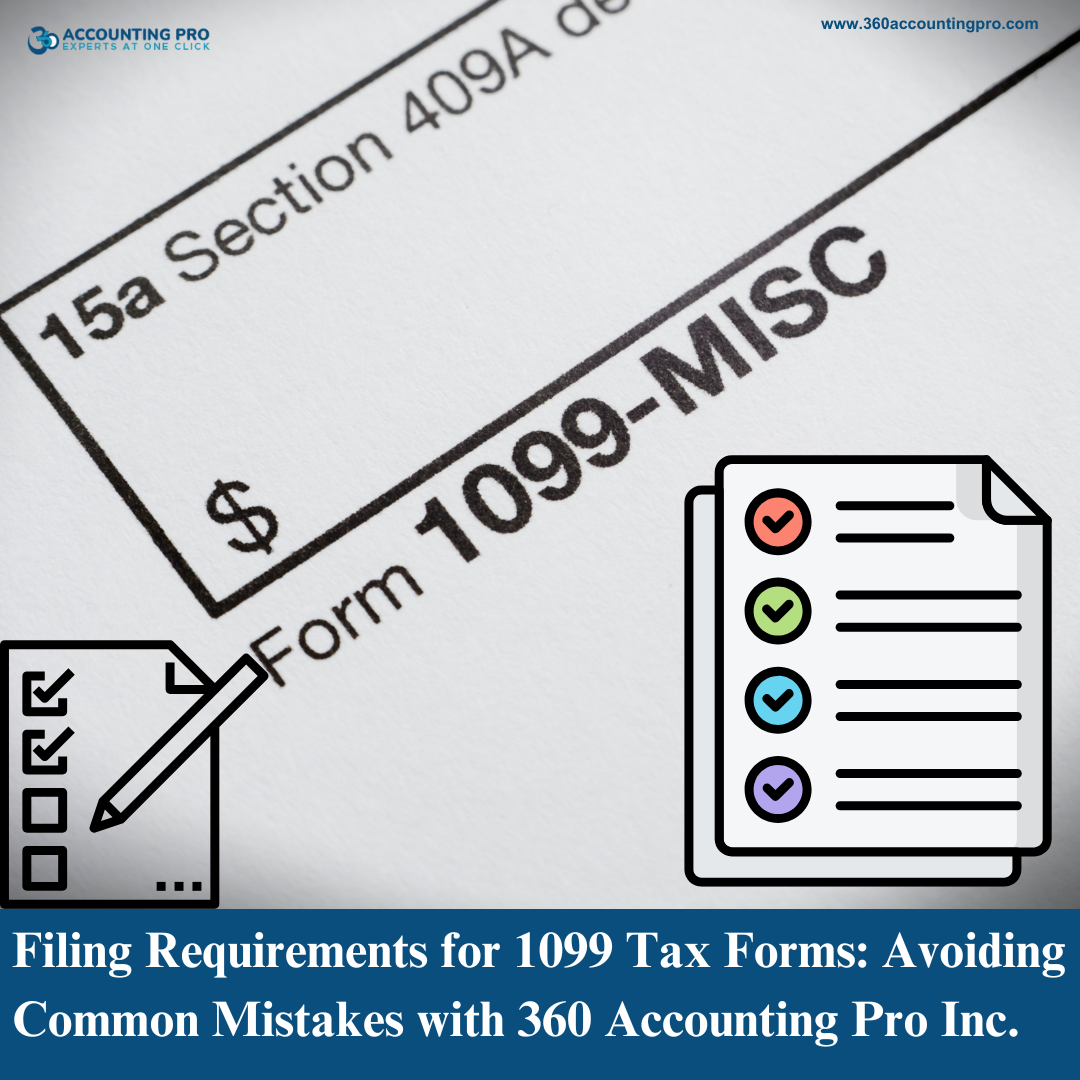


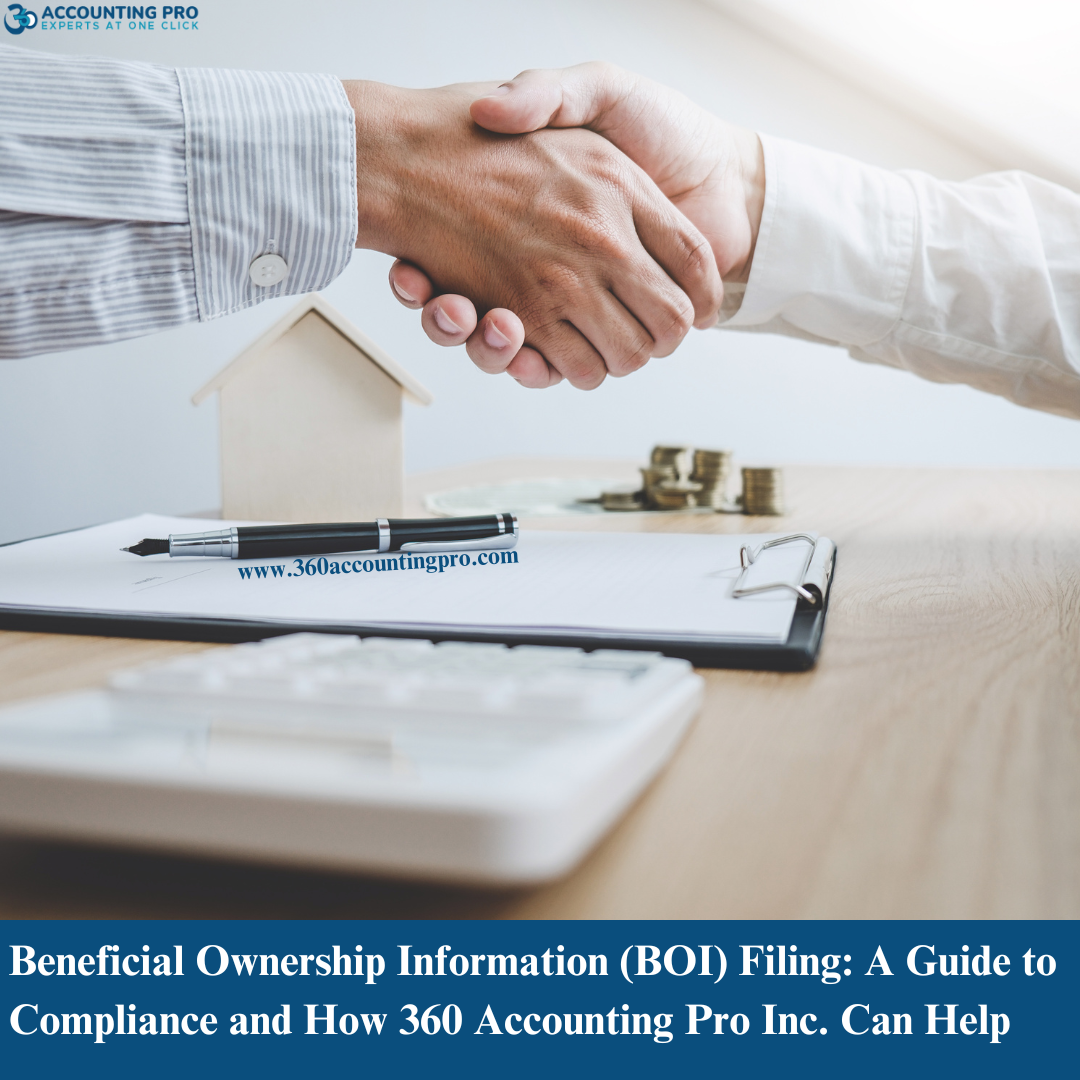
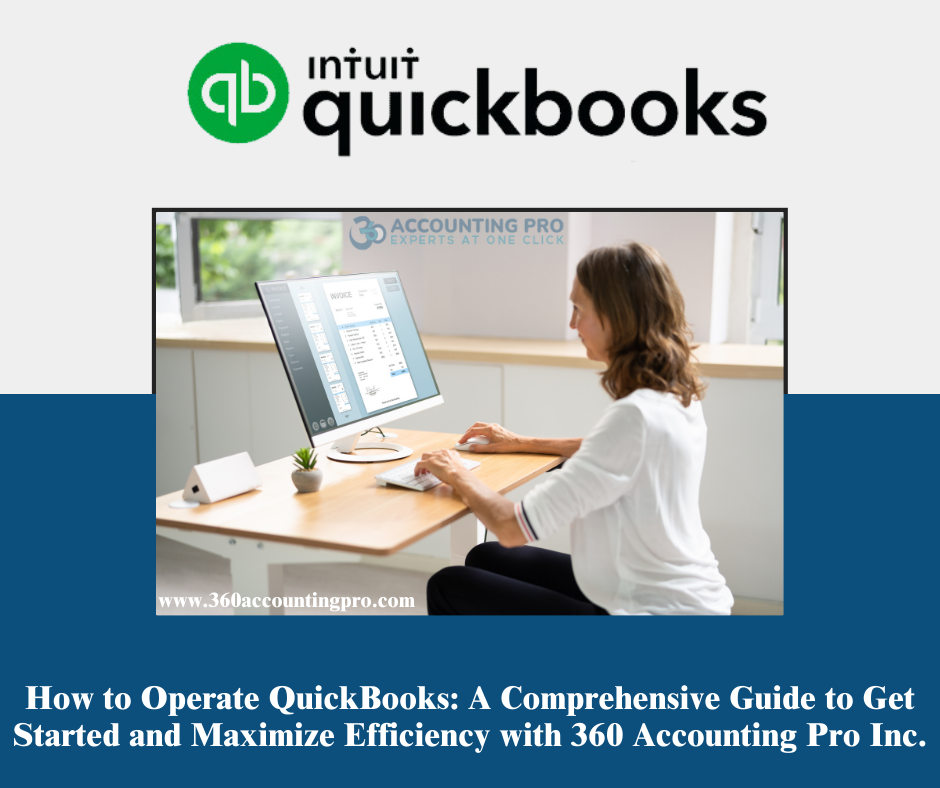

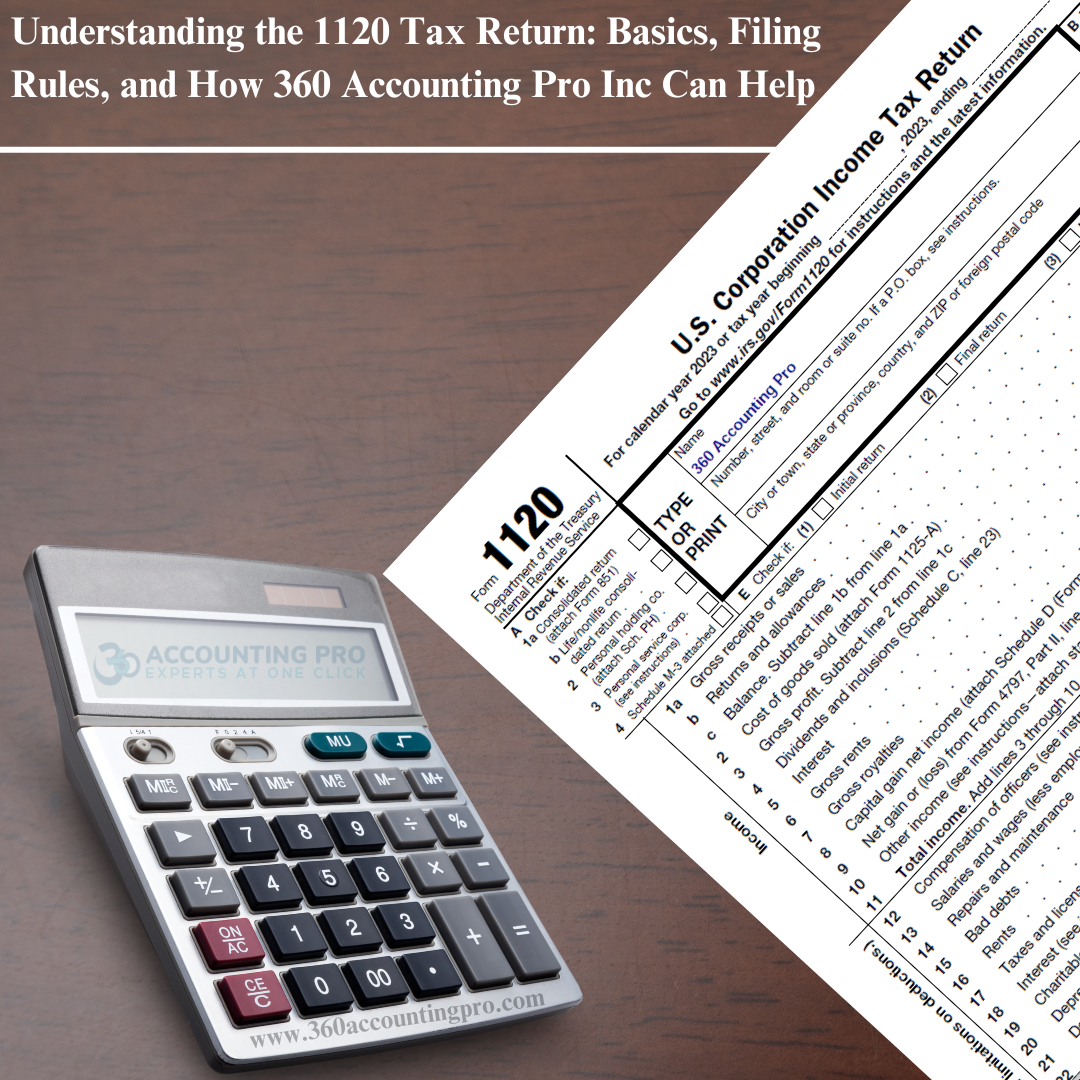
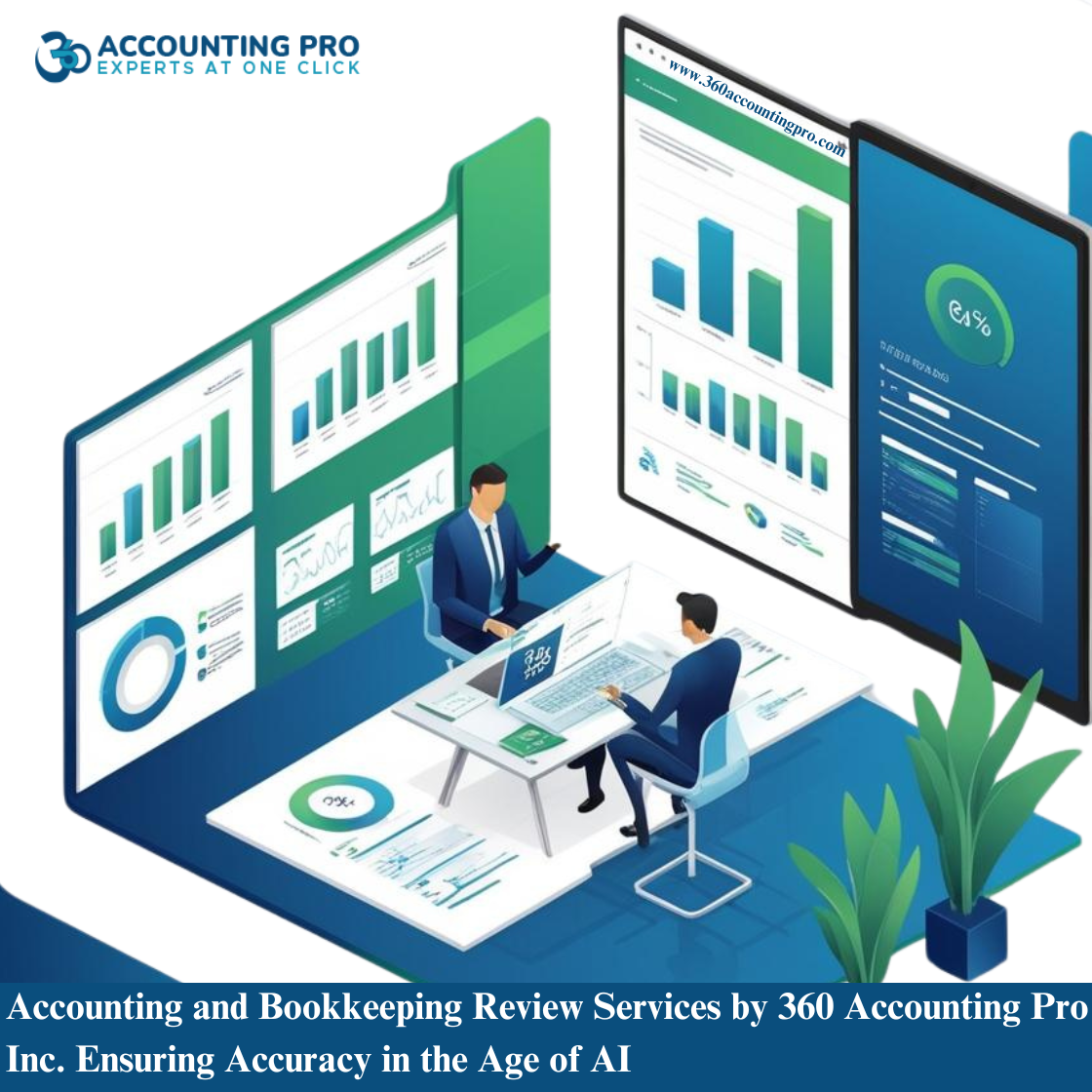
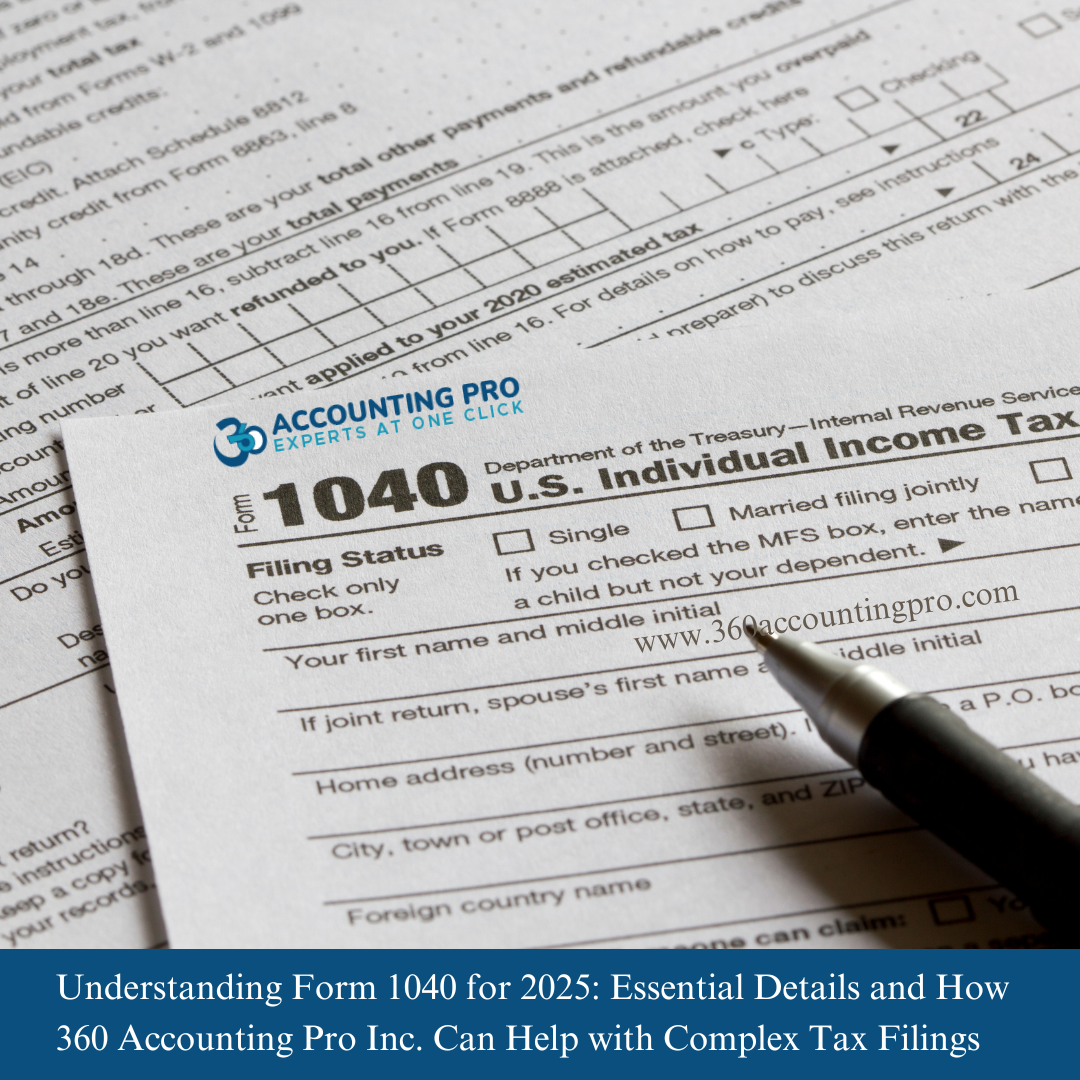




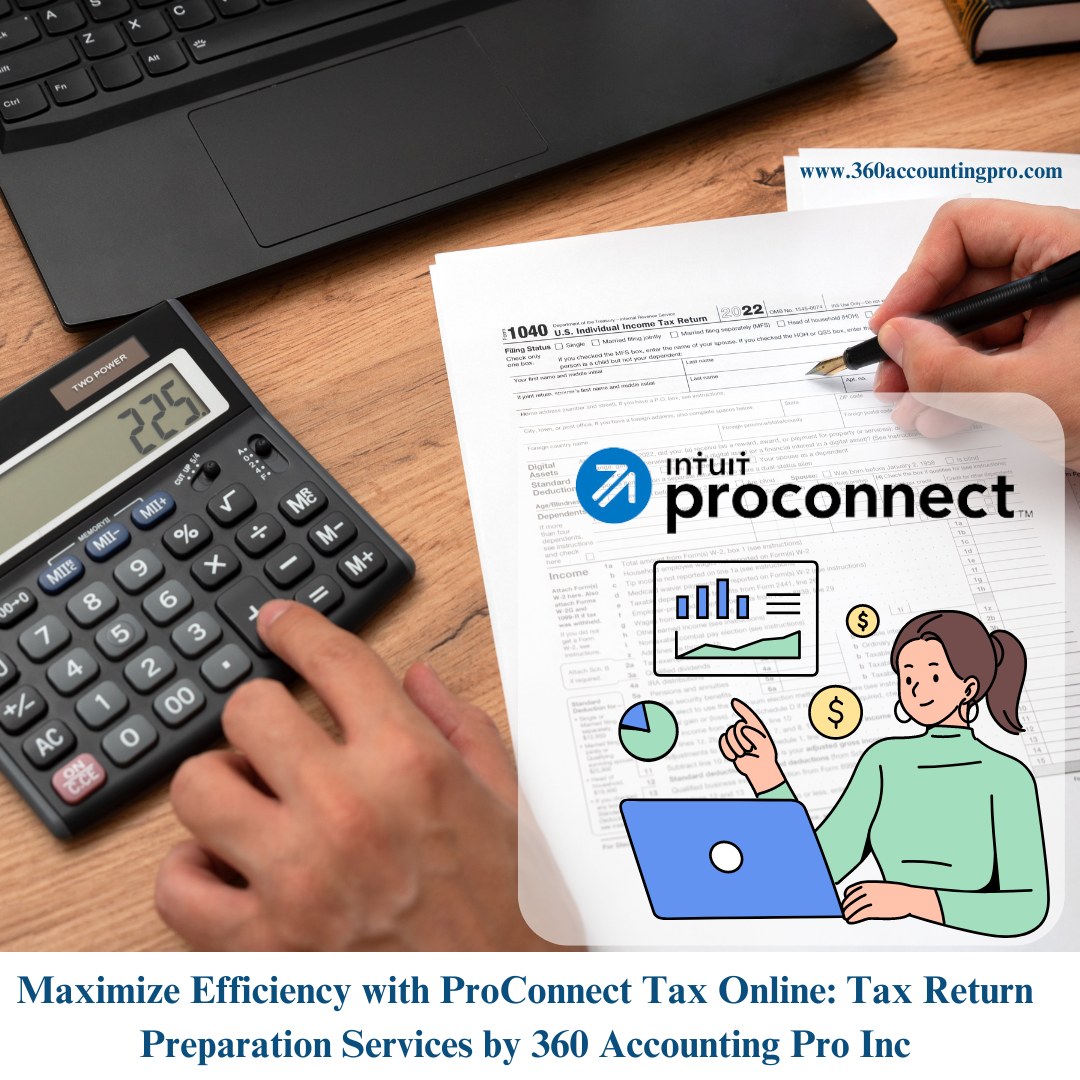





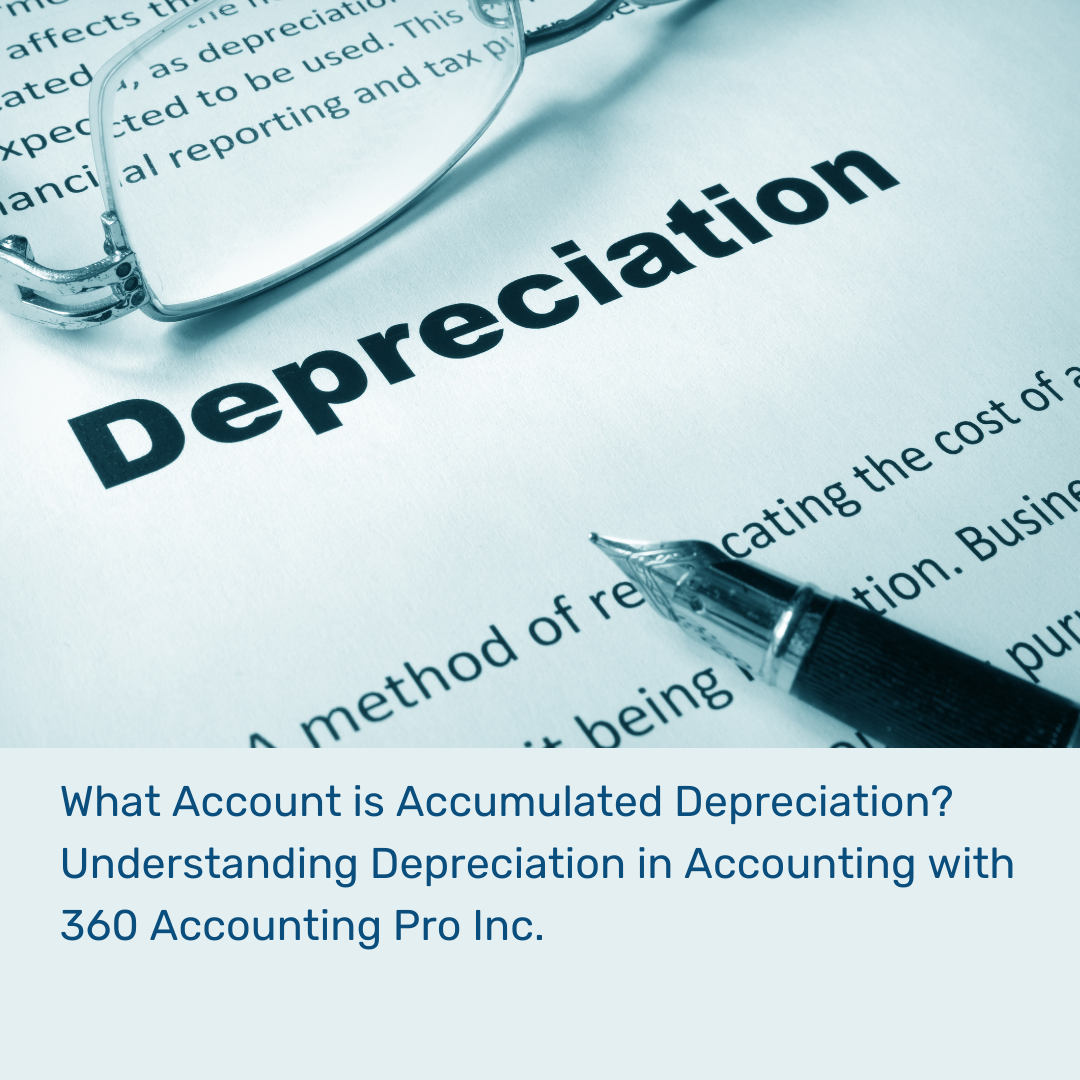




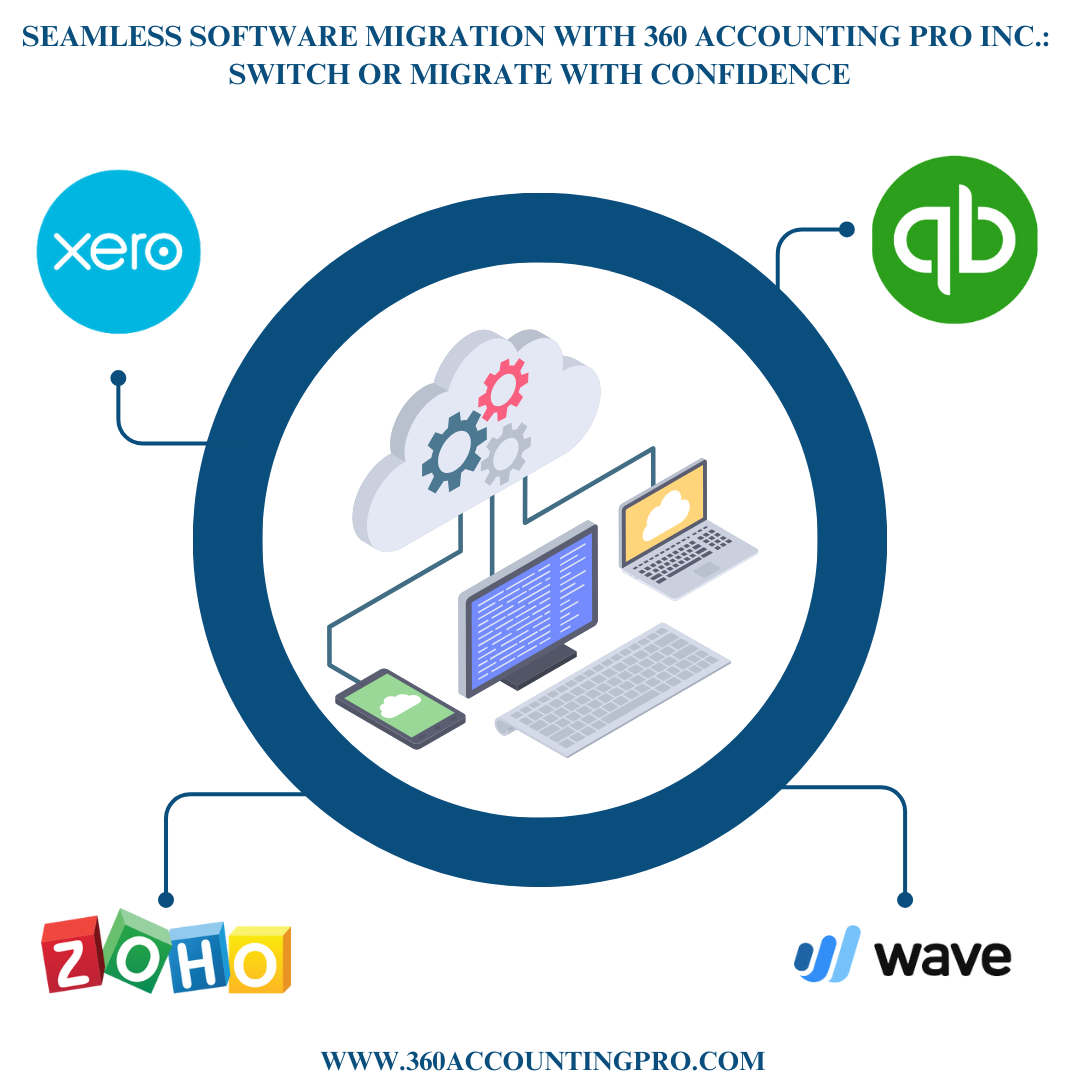
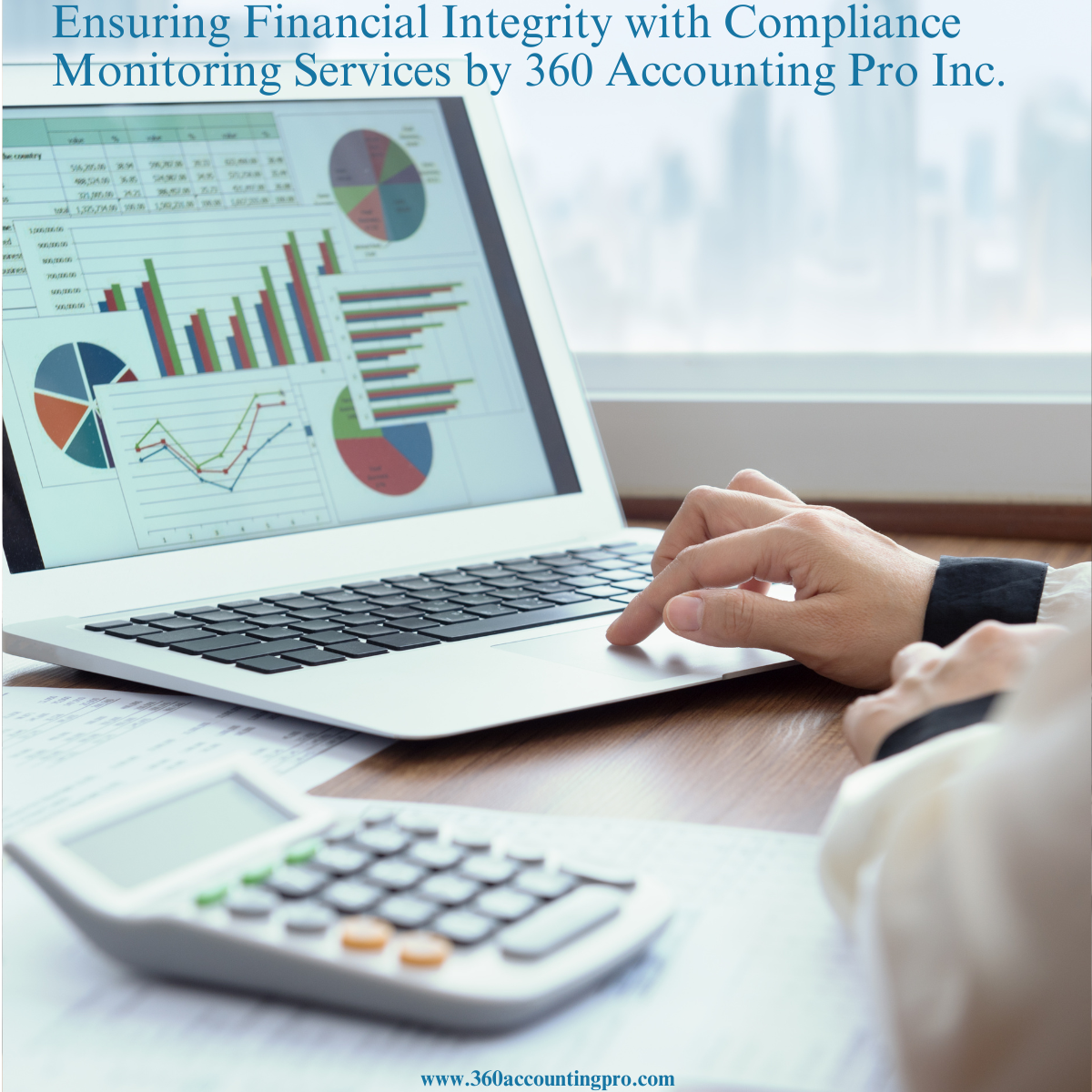






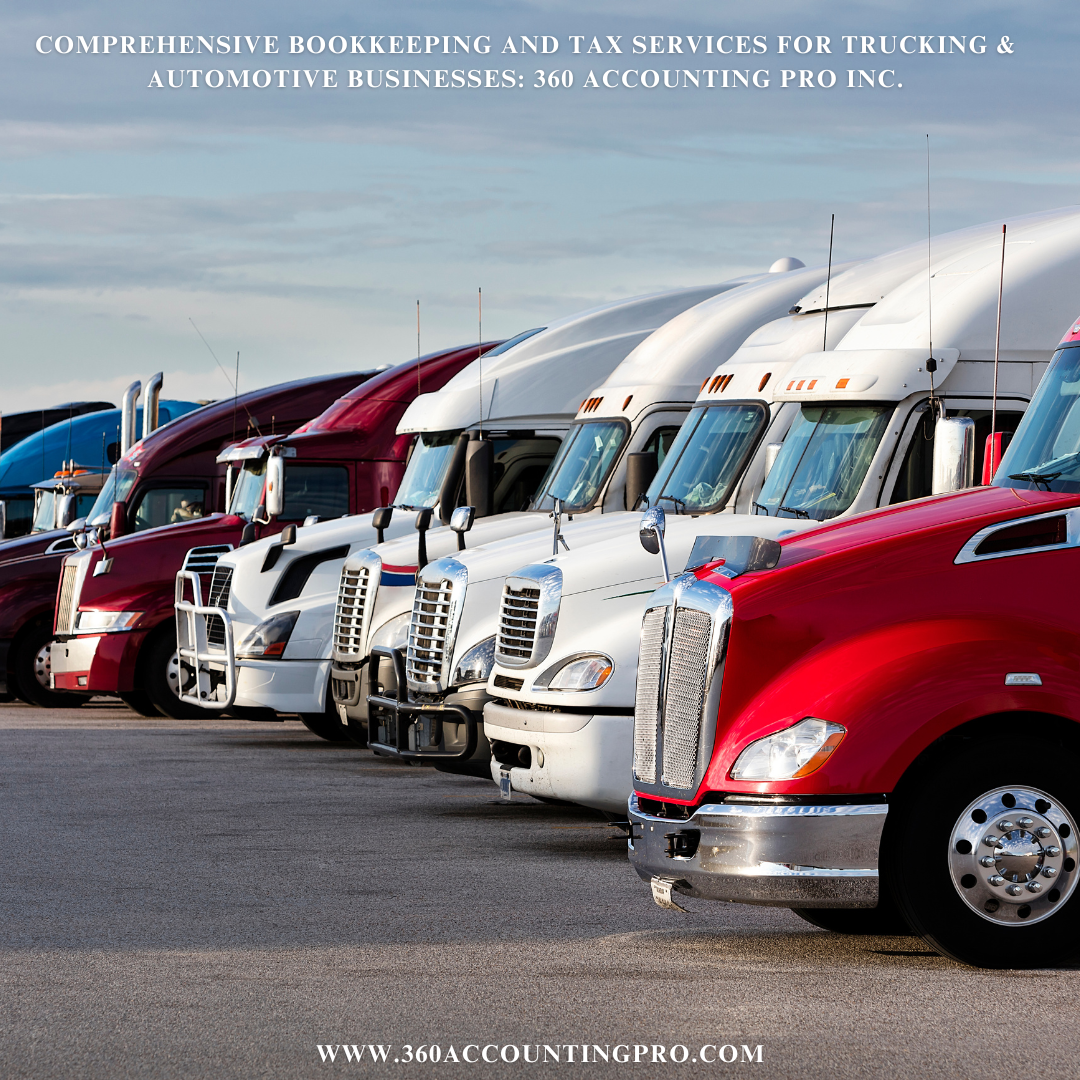


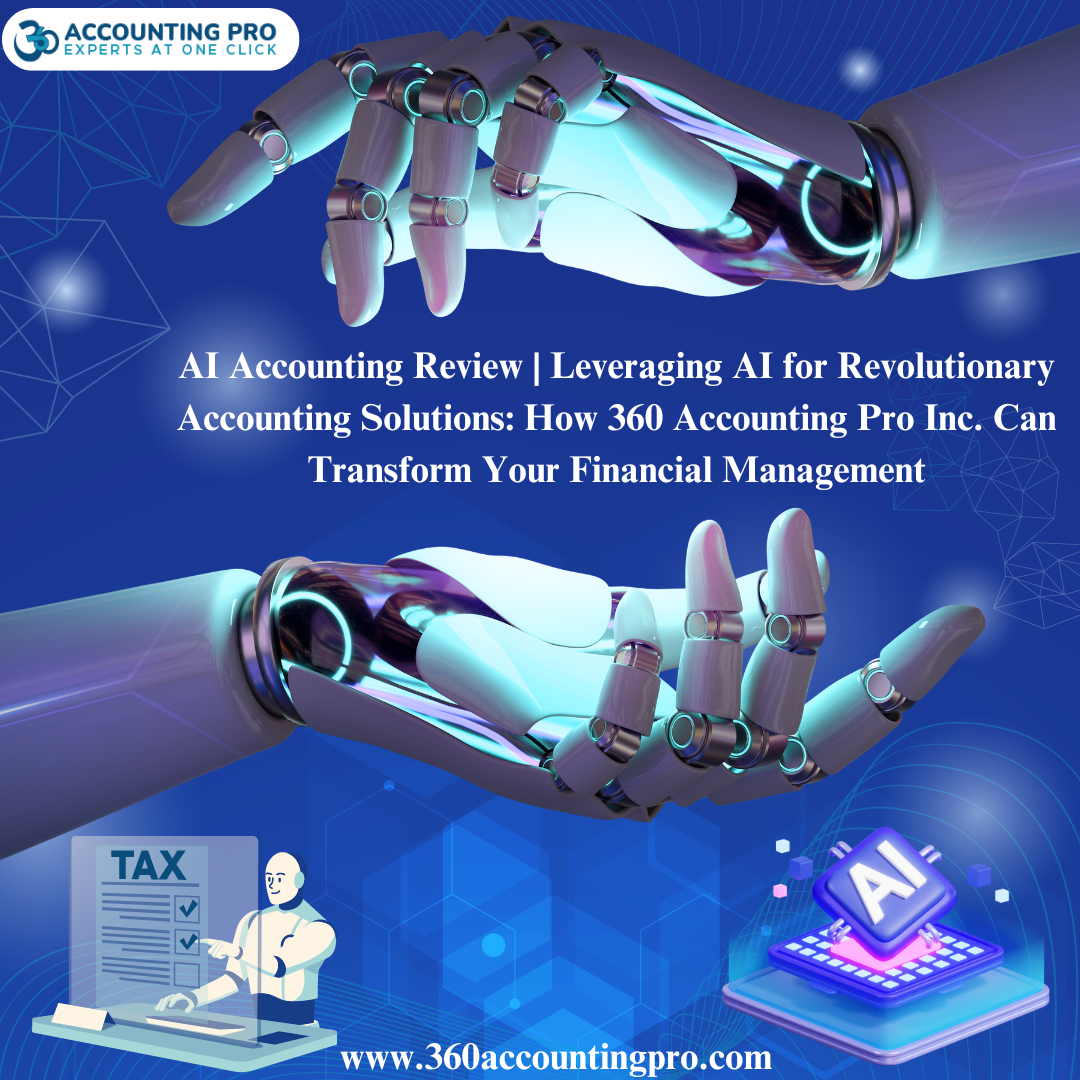

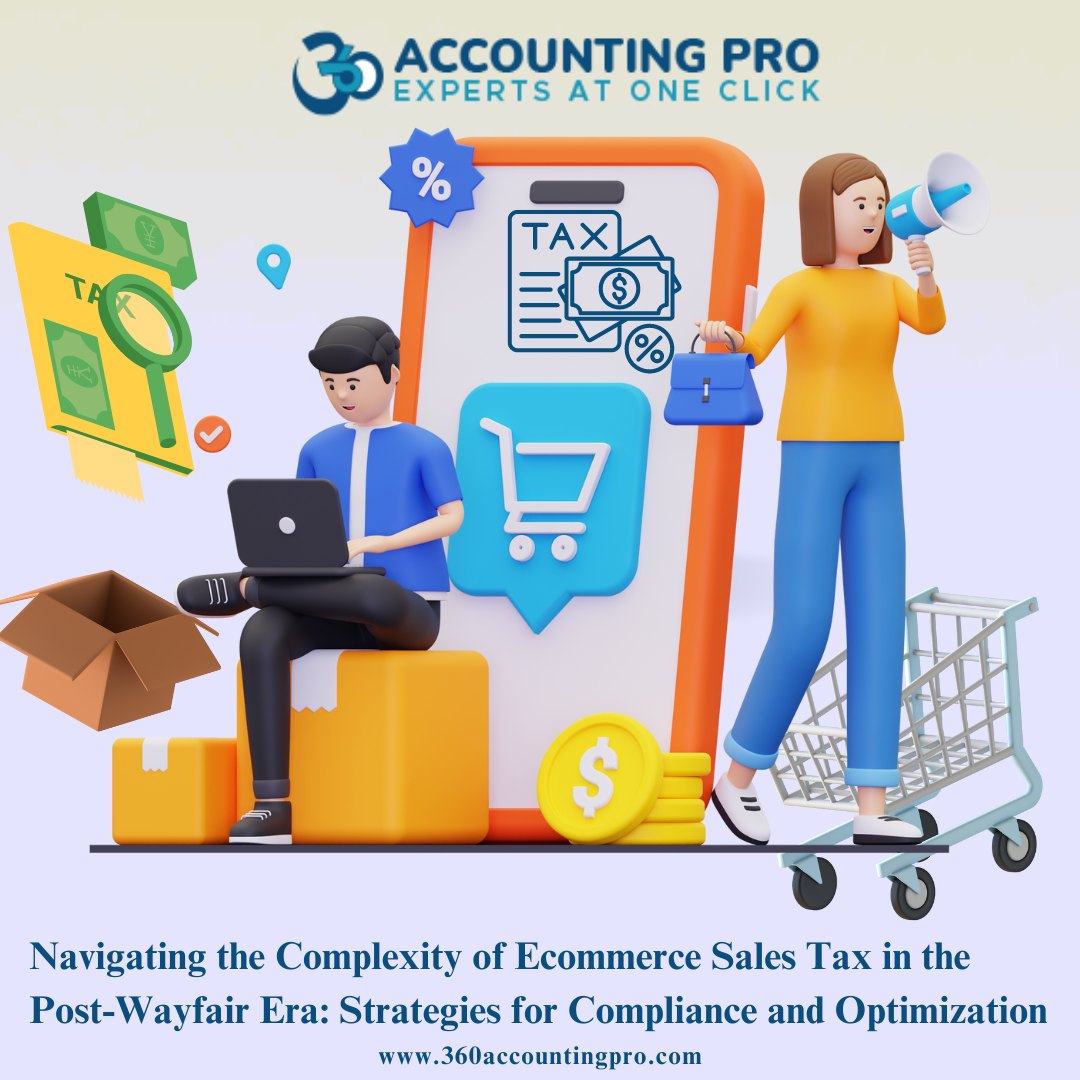





.jpg)
.jpg)
.jpg)
.jpg)


).jpg)


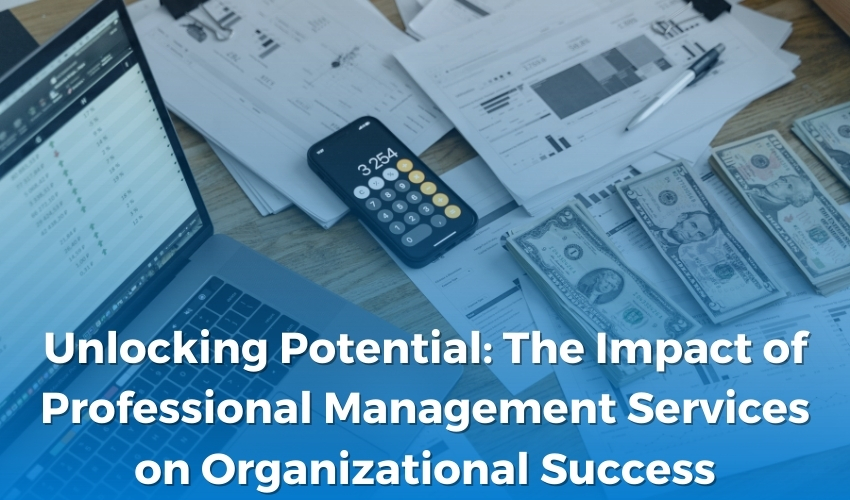


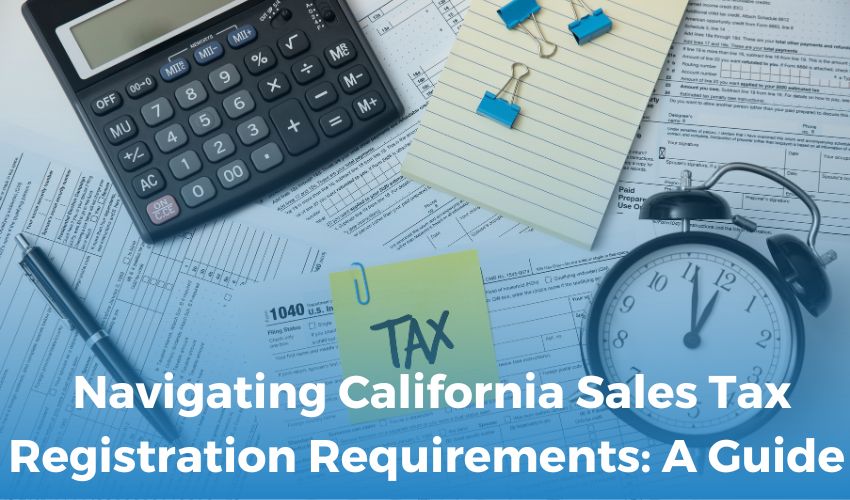

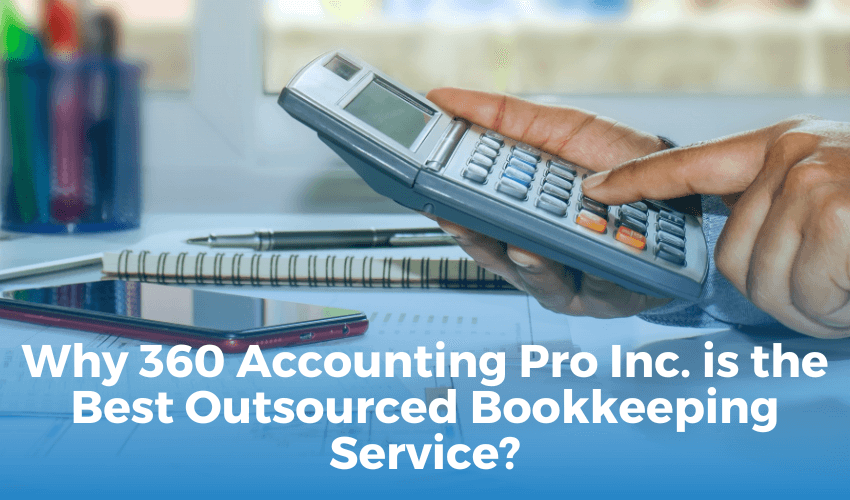
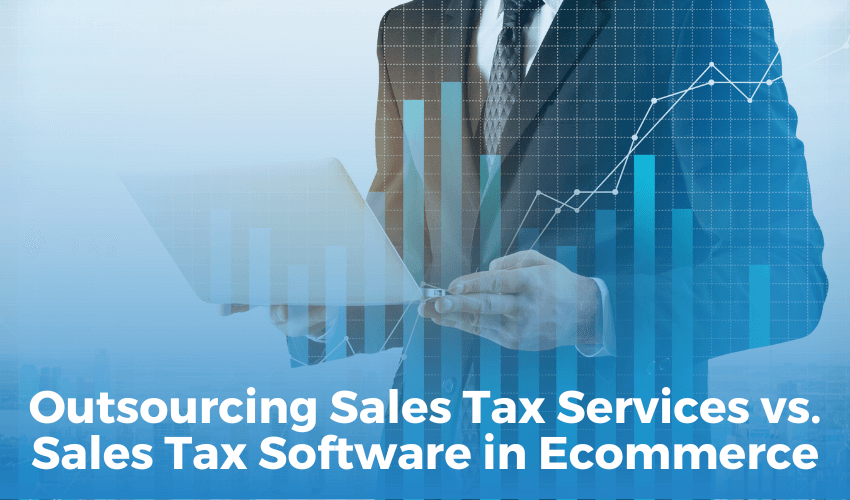


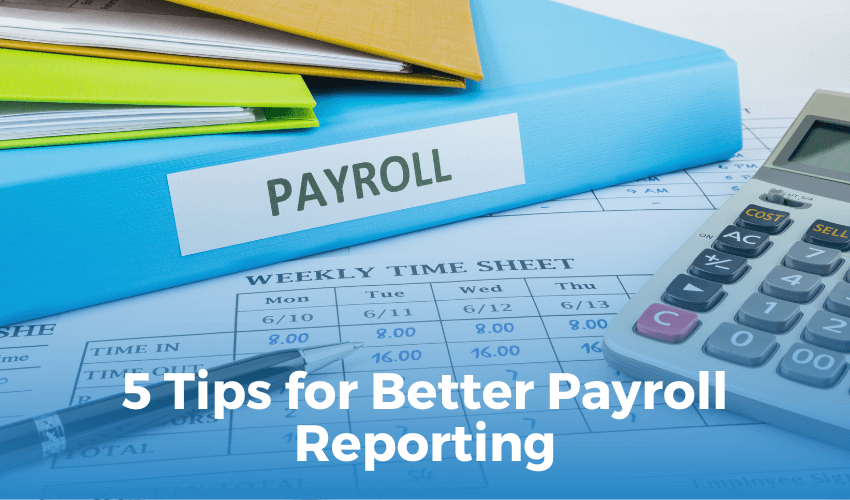
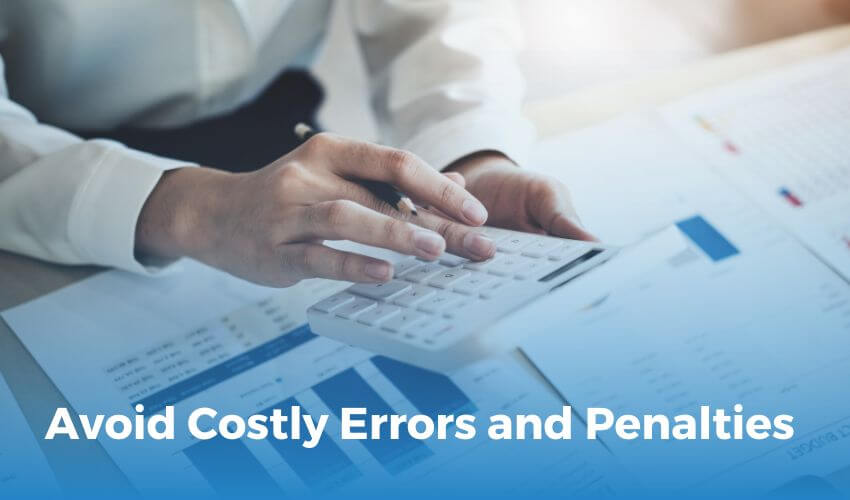

 Get A Quote
Get A Quote
Leave A Comment